- Home
- Day Trips & More
Join A Secret Italy
You come to Italy thinking it will be a trip. You leave knowing it was a beginning
Unforgettable Day Trips from Trieste
Oh, Trieste — it’s such a fabulous choice if you're trying to decide where to visit in Italy! And it isn't just because it’s beautiful (which it is), but also because it’s the perfect starting point for all sorts of wonderful day trips. Castles, beaches, vineyards, and even a whole other country are waiting for you to explore just an hour or two away!
That other country I mentioned is Slovenia; it is so close you could pop over for lunch — and believe me, it’s well worth it. I always say Slovenia and Italy together are a dream combination.
If you’re ready to get out and explore, you’re in for a treat. These are my favorite day trips from Trieste — little adventures filled with beauty, history, and experiences you'll treasure forever.
Lake Bled
Think Italy has great lakes? Well, yes, Lake Como, Lake Garda, and Lake Orta are gorgeous, but Lake Bled is every bit as good. In fact, if it is a fabled, fairytale landscape you are after, then this is even better than the Italian lakes. It is like something out of Snow White, complete with a soaring castle and an island church.
You can take a traditional pletna boat to the island, enjoy a hike around the lake (it takes around 90 minutes), or simply take in the stunning views from the shore. Don’t forget to try the famous Bled cream cake (kremšnita) at one of the local cafés—it's absolutely delicious! Beware, though, these cakes are addictive, and I really overdid it, eating them for breakfast, lunch, and dinner. I kept telling myself that I was just embracing local tradition, but my scale bore the weight of my overindulgence on my return.
Getting to Lake Bled from Trieste
By Car: Lake Bled is about 1.5 to 2 hours from Trieste by car. Take the motorway toward Slovenia and follow signs for Ljubljana, then exit toward Bled. Don’t forget to purchase a Slovenian vignette (toll sticker) online before entering the highway. You'll find more details about the vignette under the Ljubljana section further down the page.
By Train + Bus: Take the train from Trieste to Ljubljana—a relaxing ride through the green hills of Slovenia. Once in Ljubljana, just hop on a direct bus to Lake Bled, which drops you off close to the lake itself. This option takes a little longer, but it’s perfect if you love watching the world go by.
Udine
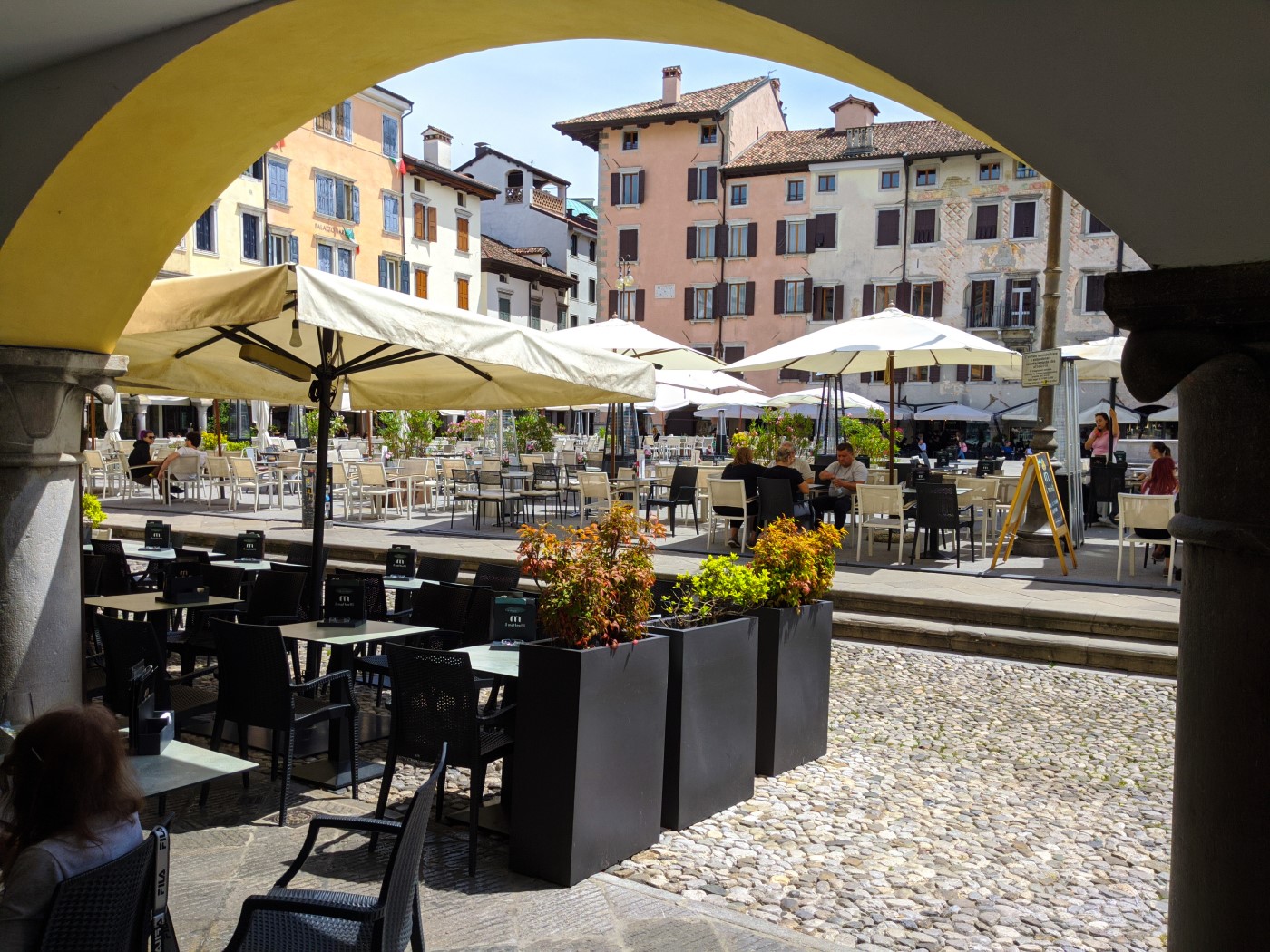 Udine
UdineUdine is only a little over an hour by train from Venice, and it is fabulous. Nobody has ever heard of Udine, and before I moved to Trieste, I had never visited either. I wasn't expecting much, but I was literally blown away by this little city; it is one of the loveliest smaller cities I have visited anywhere in Italy. You absolutely must visit; click for our Essential Guide to Udine.
Muggia
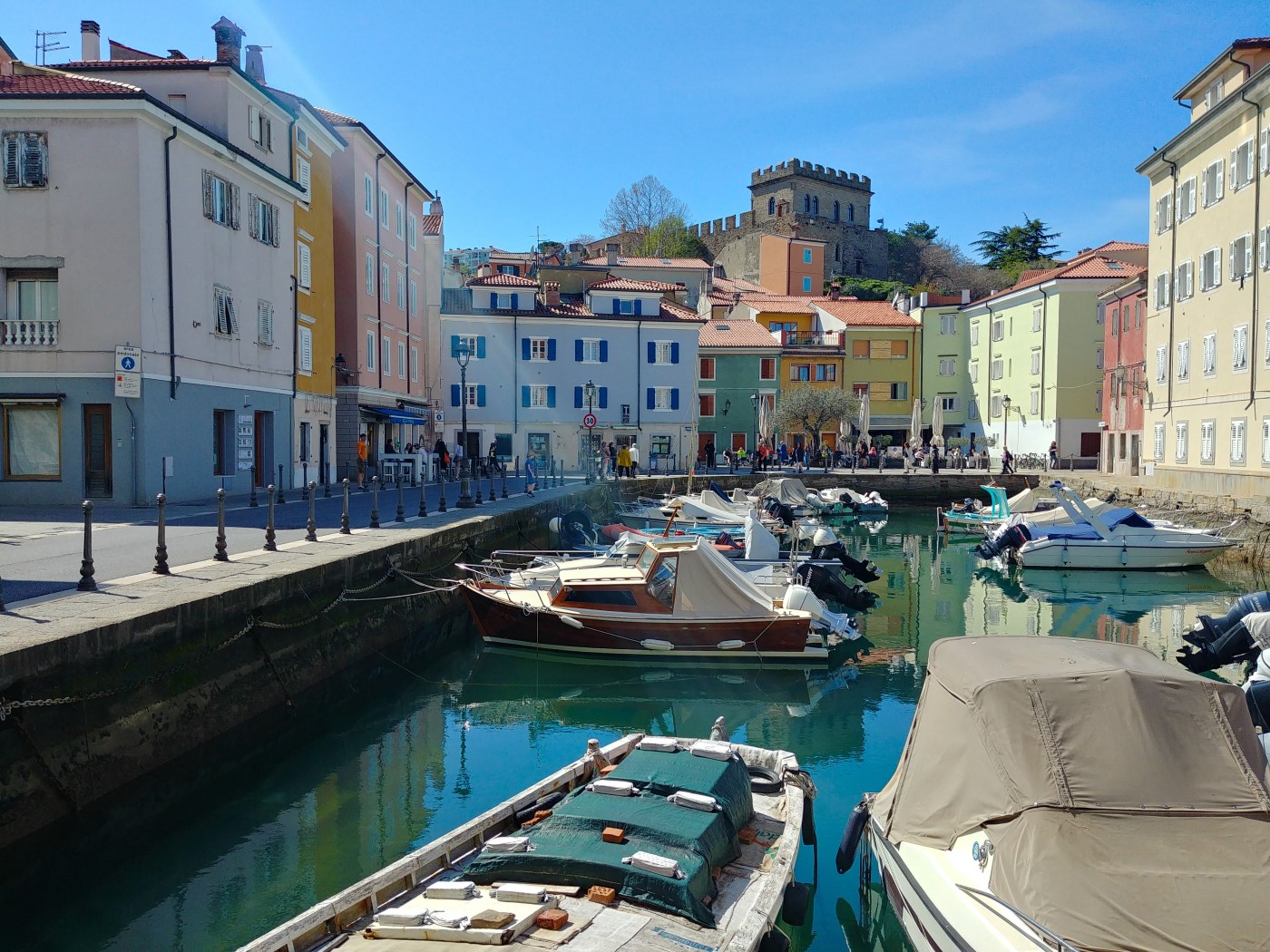 Muggia
MuggiaJust a short boat ride or bus journey from Trieste center is Muggia, a charming little coastal town with a distinctly Venetian feel. Its narrow streets, pastel-colored houses, and quiet harbor offer a perfect escape from the bustle of Trieste. The seafood here is incredible, and it's the ideal spot to enjoy a leisurely lunch by the sea. Every chance I get, I head to Muggia. Here's everything you need to plan your visit to Muggia.
Ljubljana
Just a hop across the border from Italy, you’ll find a gem called Ljubljana. It’s peaceful, safe, and so full of charm you’ll wonder why everyone isn’t talking about it. No cars in the old town, just bikes, bridges, and buildings straight out of a fairy tale. It’s like Amsterdam without the crowds… and with a sprinkle of magic. I always leave with a smile. Come see why.
Grotta Gigante
Located just outside the city, this is one of the largest accessible caves in the world. Inside, you’ll be amazed by its massive stalactites and stalagmites. The sheer scale of the cave is jaw-dropping. Walking through those huge chambers makes you feel so small in the best possible way.
Palmanova
Thanks to Palmanova, Venice stayed safe for centuries—from the Turks, the Austrians, and anyone else who came too close. This was the frontier, the line of defense. Back in the late 1500s, the Venetians dreamed up something revolutionary: a star-shaped fortress that could protect their precious republic.
Not just strong, but smart. And they built it—perfectly symmetrical, with wide streets and a grand piazza at its heart. It was one of the first planned towns ever built, meant to be a dream town to live in as well as defensive. Pity that Venetians didn't agree. They couldn't persuade them to move here no matter what they offered; Venetians considered this the middle of nowhere. In the end they had to boost the population by getting convicts to settle here
Wander into Palmanova today, and it’s hard to believe it was built for war. The atmosphere is so peaceful. The Piazza Grande is huge and open, perfect for a gentle stroll or a relaxed lunch at one of the cafés. We always take a moment just to sit and take it all in.
If you’re up for it, you can walk along the old walls—yes, the original ramparts!—and stop at the gates where soldiers once stood watch. And if you come during one of their historical festivals, it’s like the past springs back to life with costumes, markets, and even old-fashioned cannon fire.
It’s one of those places most tourists miss, but honestly? It’s one of my favorites in all of Friuli.
Don’t miss a visit to Enoteca ai Provveditori—this gem is a true celebration of Friuli’s local flavors. The wines and traditional dishes, all carefully sourced from nearby producers, are simply unforgettable. And then there’s Stefania, the heart and soul of the place. Warm, welcoming, and incredibly knowledgeable, she’s like a walking encyclopedia of local wine, cuisine, and history. Spend a little time with Stefania, and you’ll walk away not just well-fed, but feeling like you’ve discovered a deeper side of the region.
Getting there: It’s an easy drive from Trieste on the A4 autostrada—just take the Palmanova exit. Or hop on a local train from Trieste. Once you arrive, everything’s within walking distance.
Venice
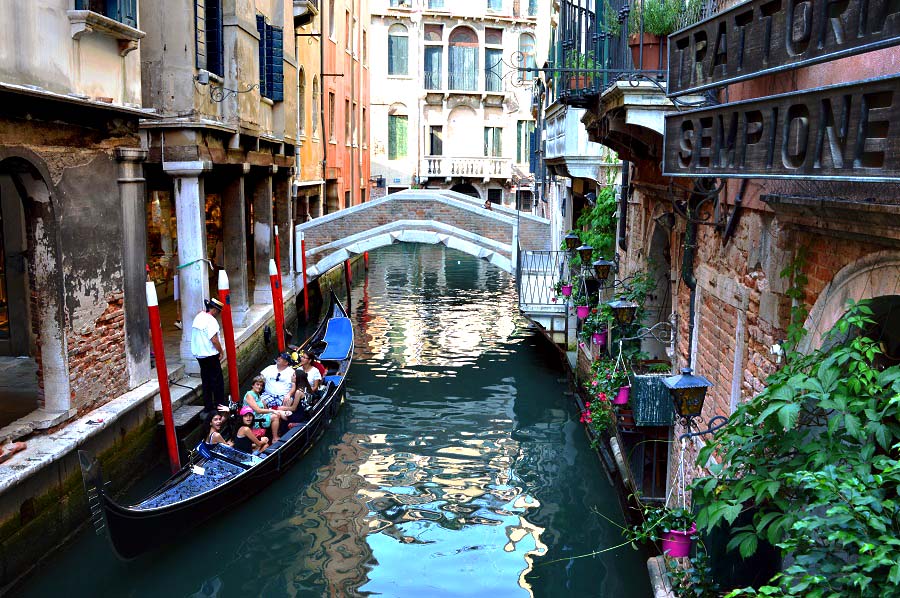
The fast trains from Trieste will get you into Venice in just under two hours. They leave from around 4:26 a.m., and the last train back is at 10:30 p.m.—always check the timetables though to be sure. That gives you more than enough time in Venice to allow you to see all the must-see sights and plenty of those less touristy ones too.
Our tip: Make sure you get off at the Venice Santa Lucia station and not Venice Mestre. Our train travel in Italy guide has more useful tips about traveling by train in Italy.
Gorizia
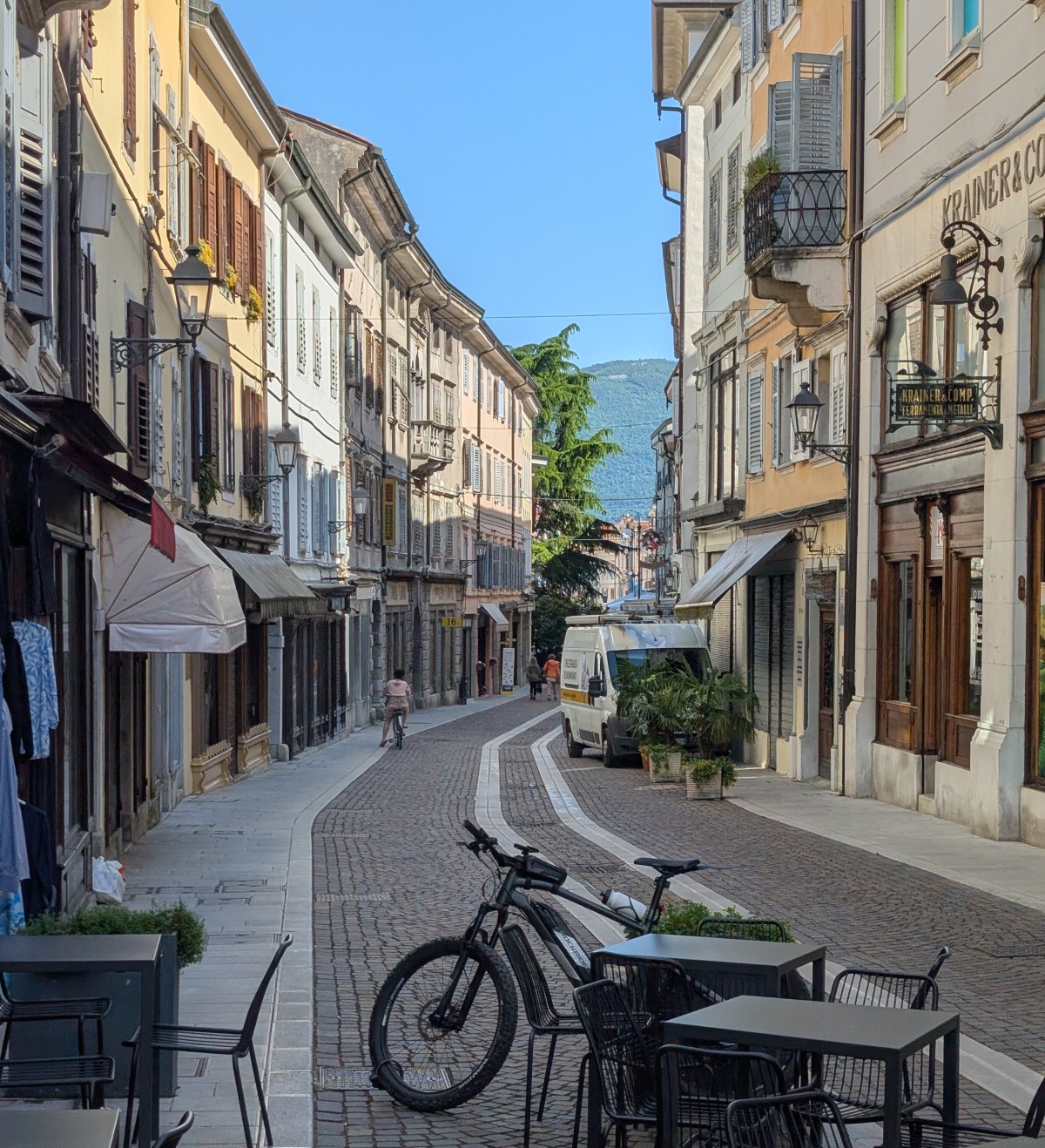
Europe's Capital of Culture in 2025. Gorizia is one of the easiest day trips from Trieste, and it is one I really recommend you include on your list. Click here for my guide to Gorizia.
Cividale del Friuli
Cividale del Friuli is easily one of the most enchanting towns in all of Friuli-Venezia Giulia. With its medieval streets, ancient Lombard heritage, and riverside views, this is one town you definitely won’t want to miss.
Getting there from Trieste by public transport takes a little planning — usually a train and bus combination — but it’s absolutely doable. If you have a car, the drive is not just easier, it’s a pleasure in itself: a scenic route through rolling hills and vineyard-covered countryside.
However you get there, Cividale is worth the effort.
Aquileia
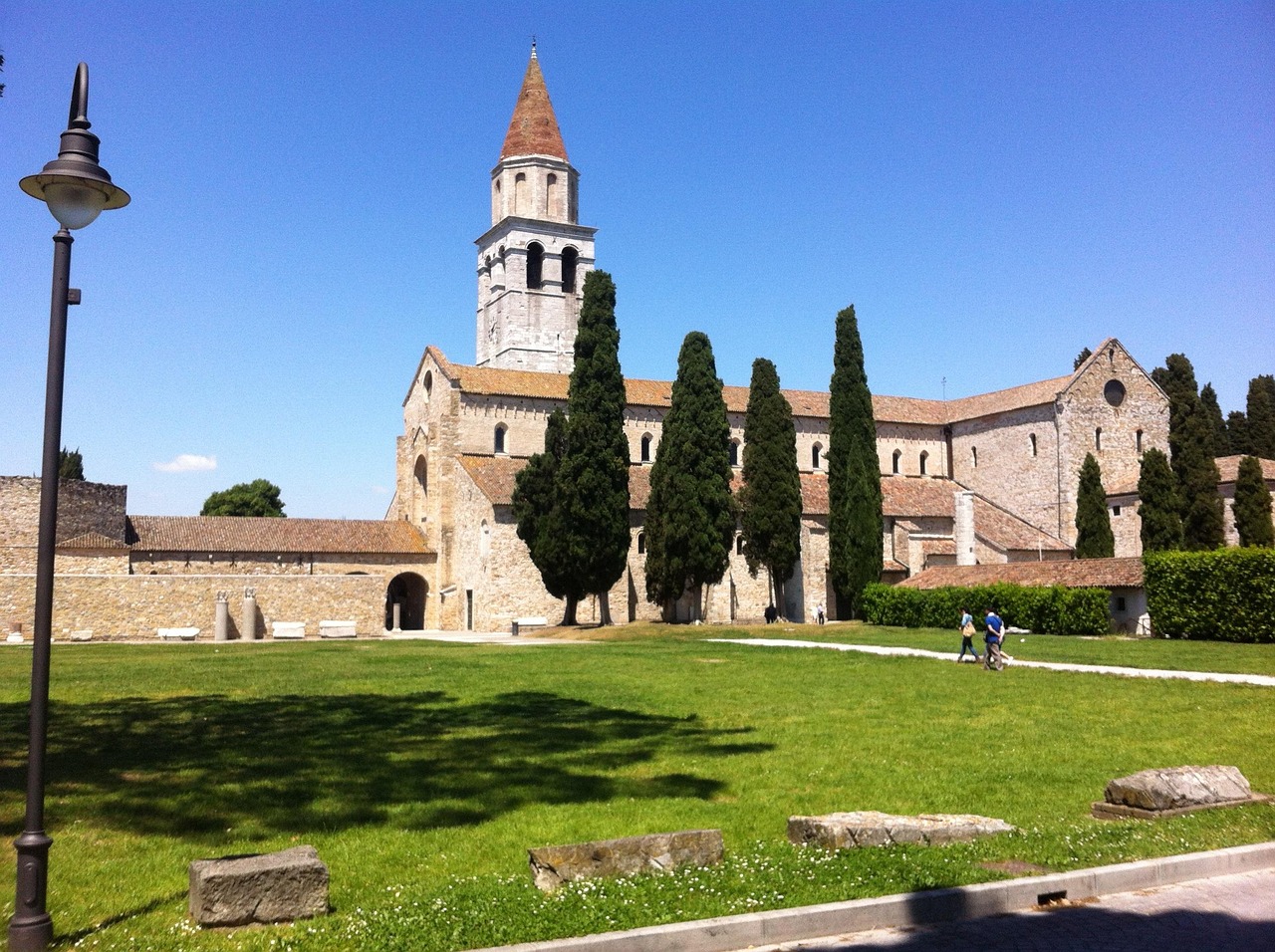 Aquileia
AquileiaAquileia might not be on every tourist’s radar, but I think that’s part of what makes it so special. We spent a slow afternoon there, just wandering — no crowds, no rush. The basilica left me speechless, especially the floor... William couldn’t stop pointing out the mosaics like he’d discovered treasure.
It’s the kind of place that lets you breathe. Fields stretching out to the horizon, quiet lanes, and history that feels close enough to touch — but never in your face. If you’re anywhere near Trieste or Grado, I really hope you make time for Aquileia. It’s one of those places that stays with you.
Grado
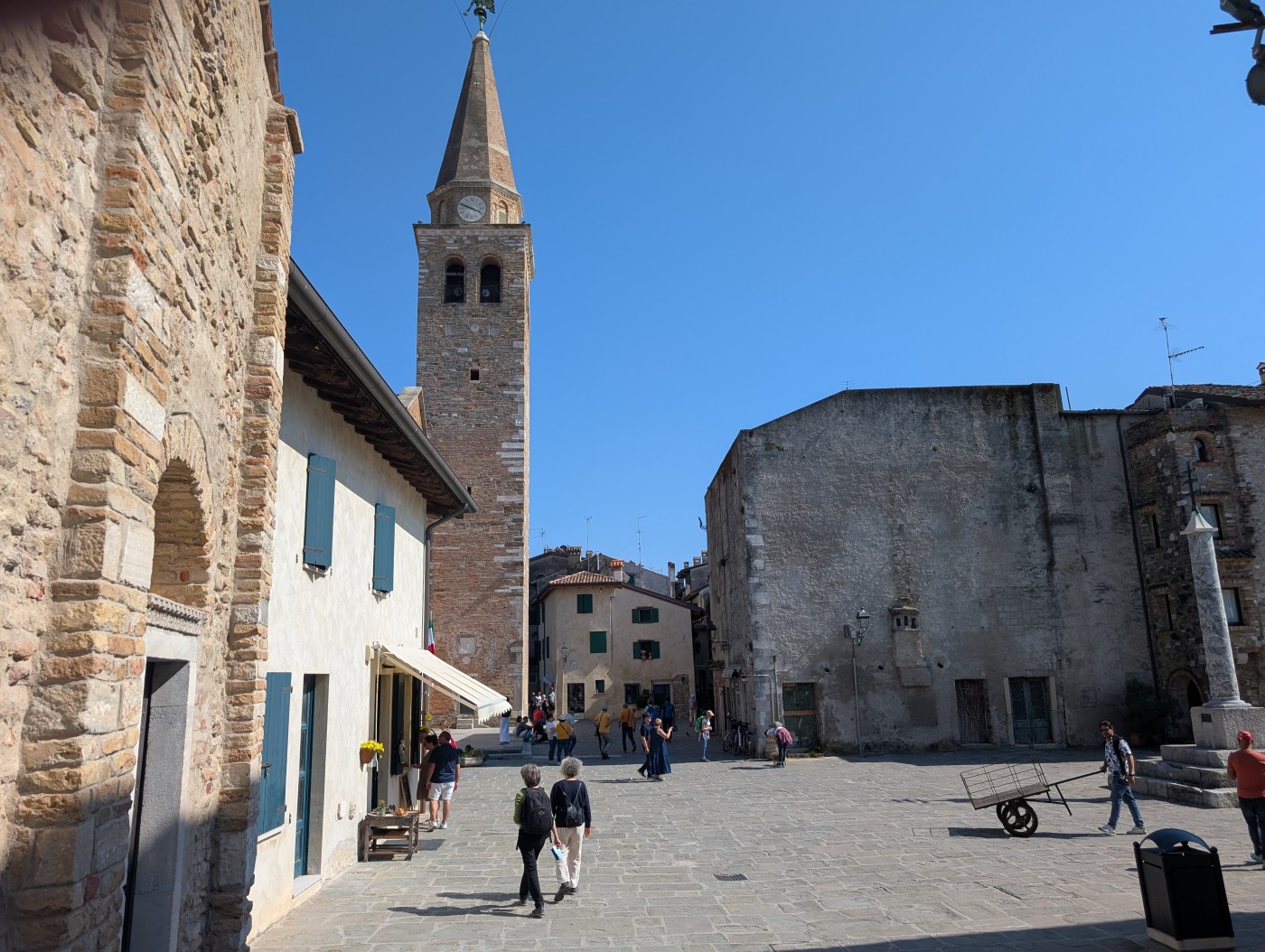
Just 40 minutes from Trieste, there’s a little coastal gem called Grado—and oh, what a find it is. Known as the Island of the Sun, this enchanting seaside town feels like a perfect blend of Venice and a Mediterranean holiday. You’ll find golden sandy beaches where locals soak up the sun, quiet canals that shimmer in the afternoon light, and an old town so full of charm you’ll want to lose yourself in its cobbled lanes.
Start your day with a stroll along the promenade, then settle in at one of the many seaside trattorias for a plate of freshly caught seafood—maybe spaghetti alle vongole or grilled branzino. The historic center is lovely to explore on foot, with pastel-colored houses, flower-filled balconies, and inviting piazzas where the only rush is deciding which gelato flavor to try next.
Time for the beach? Well, you have the choice of the usual deckchair umbrella rows that will set you back around 20 euros for the day, or you could simply lay your towel down in one of the free sections and claim your spot in the Italian sun.
You simply must visit the Basilica di Sant’Eufemia when you’re in Grado. This isn’t just any church—it’s a 6th-century gem, standing proudly with its elegant Romanesque lines and soft, golden light. The real magic, though, lies beneath your feet: the floor mosaics. They’re breathtaking—intricate, delicate, and still glowing with color after all these centuries. I always tell friends, Take your time here. Let your eyes wander across those swirling patterns, the doves, vines, and sacred symbols—all whispering stories from the early Christian world.
Honestly, Grado has many lovely sights, but Sant’Eufemia is the soul of the town. Don’t rush it—let yourself linger, breathe it in, and feel the centuries settle around you like a soft cloak.
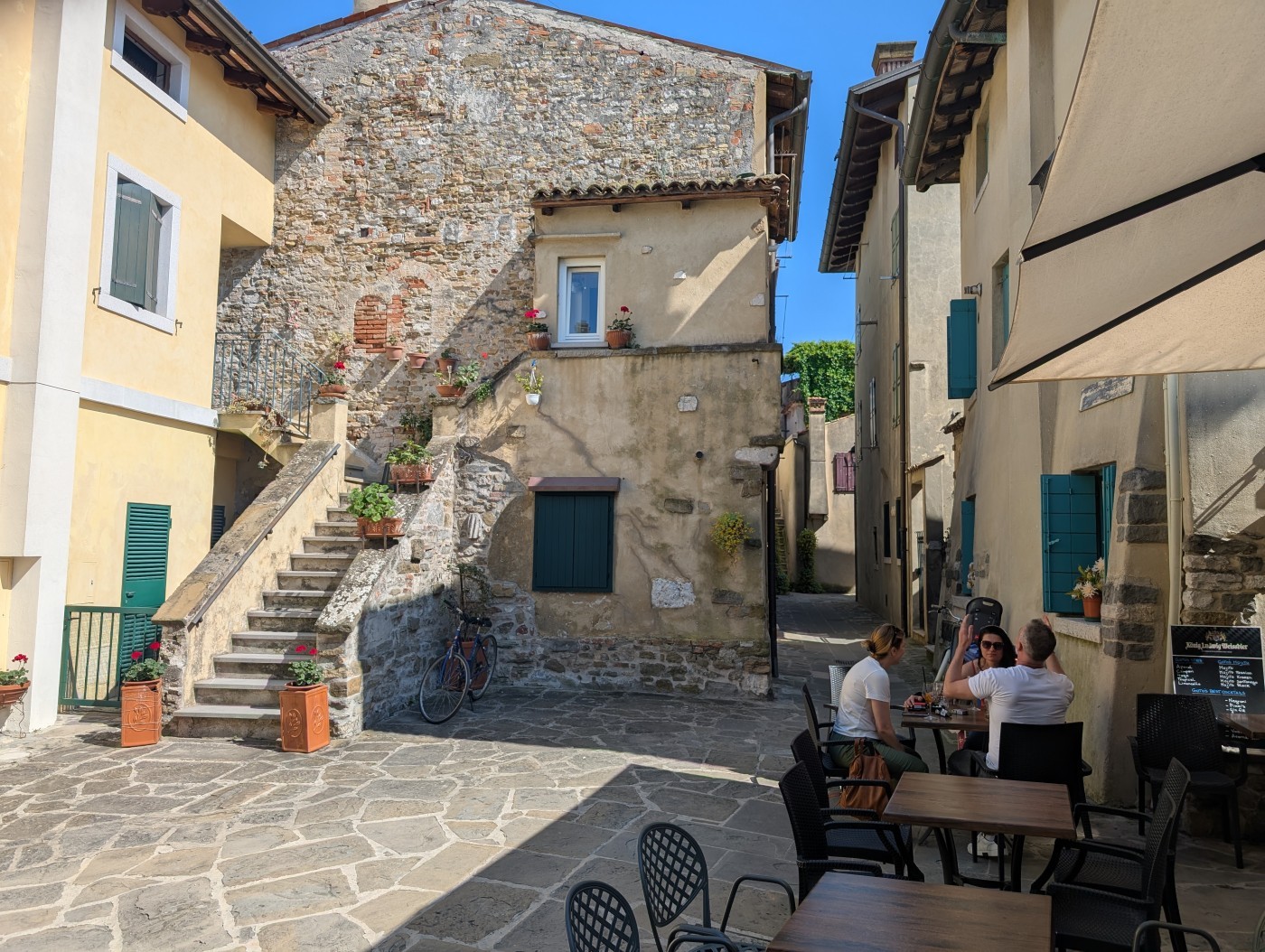
How to Get to Grado:
Grado is about 50 km from Trieste by car. Take the A4 autostrada and exit at Palmanova or Redipuglia, then follow the signs for Grado (SP19).
If you're coming by public transport, take the train from Trieste Centrale to Cervignano–Aquileia–Grado, and then the bus to Grado. Buses and trains run regularly; check times on Google though.The ride itself is part of the charm, passing lagoons and countryside before arriving at the sea.
Please Book with Us... Maria here, if you enjoy my site I'd love your support.
Simply book your next trip anywhere (not only to Italy) via the link below or with any of the hotel links on the website.
You'll get the best deal available and the income I receive helps me to remain independent and to keep bringing you more of beautiful Italy.
More Travel Tips:
- Book your tickets to museums and other attractions in advance on Tiqets.com
- Book your accommodation. Booking.com and Agoda help you to book accommodation in advance
- Book your excursions. Wherever you go, make the most of your time! Excursions with professional guides will help you do this - choose a location and the best option for yourself on Viator or Getyourguide
- Book your car. At least a month before is best. Use Discover Car Hire.
- Cash Back on Flights: Great deals & money back with WayAway
- Get peace of mind when traveling. Get insured with VisitorsCoverage.com
- Home
- Day Trips & More
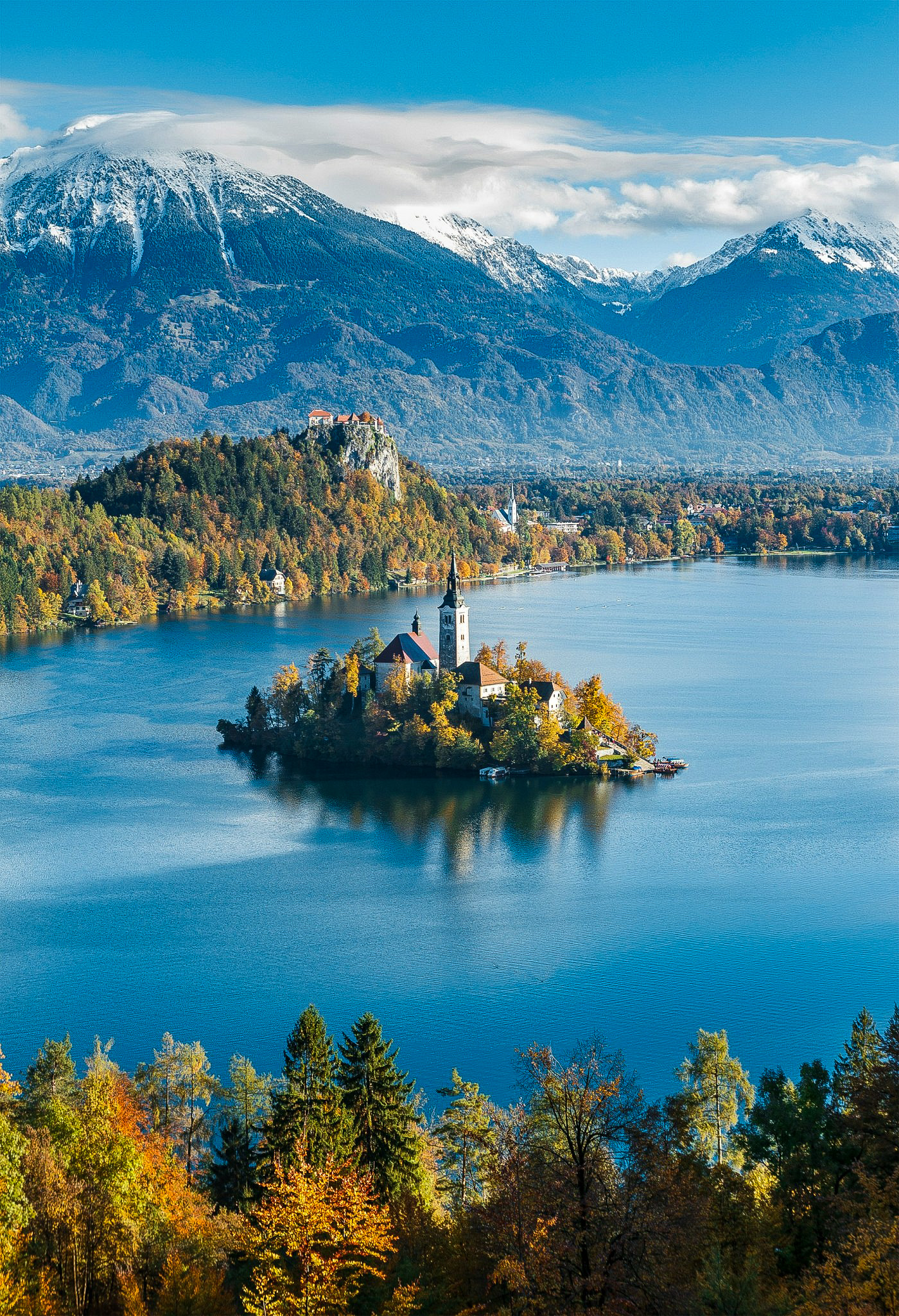
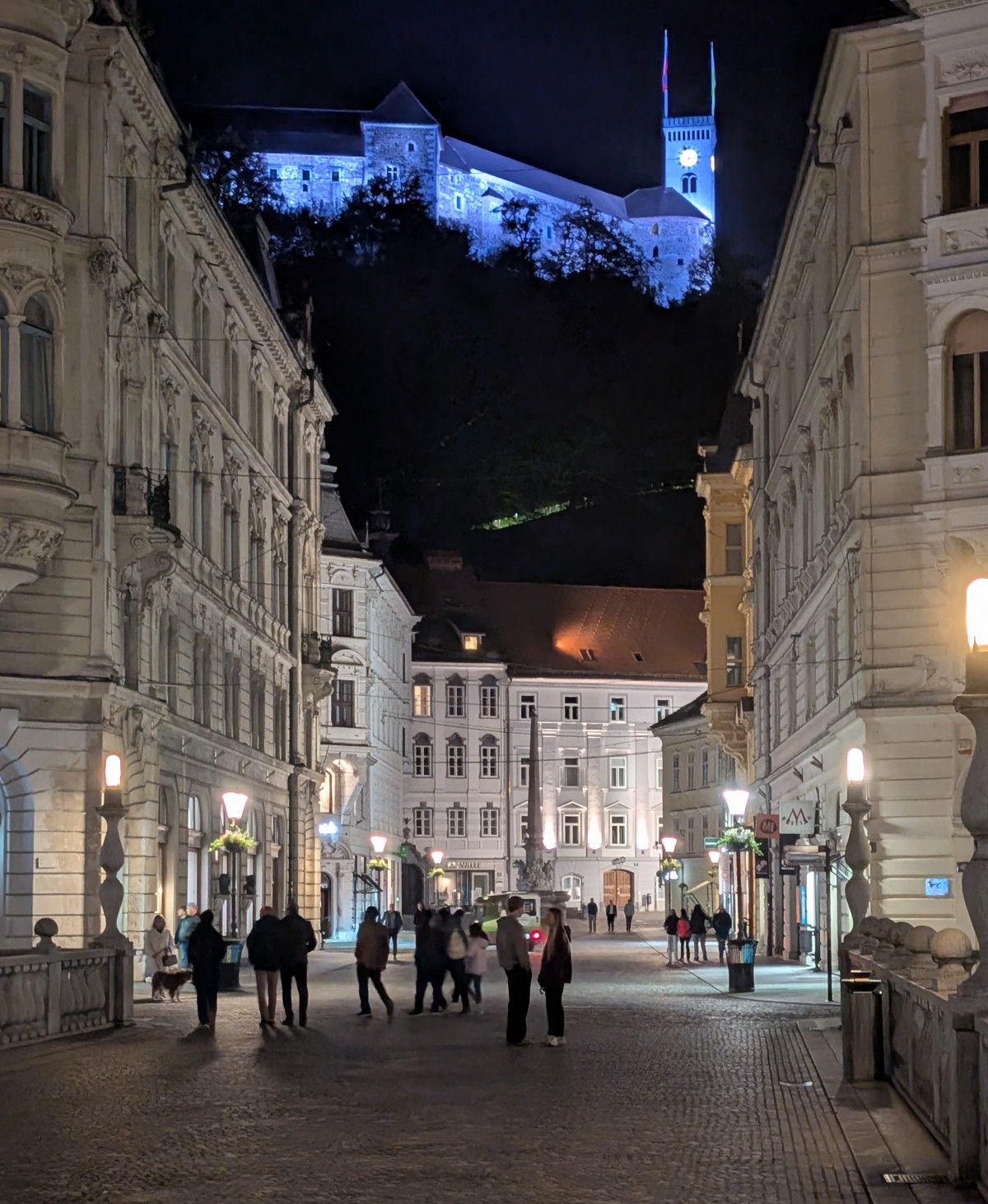
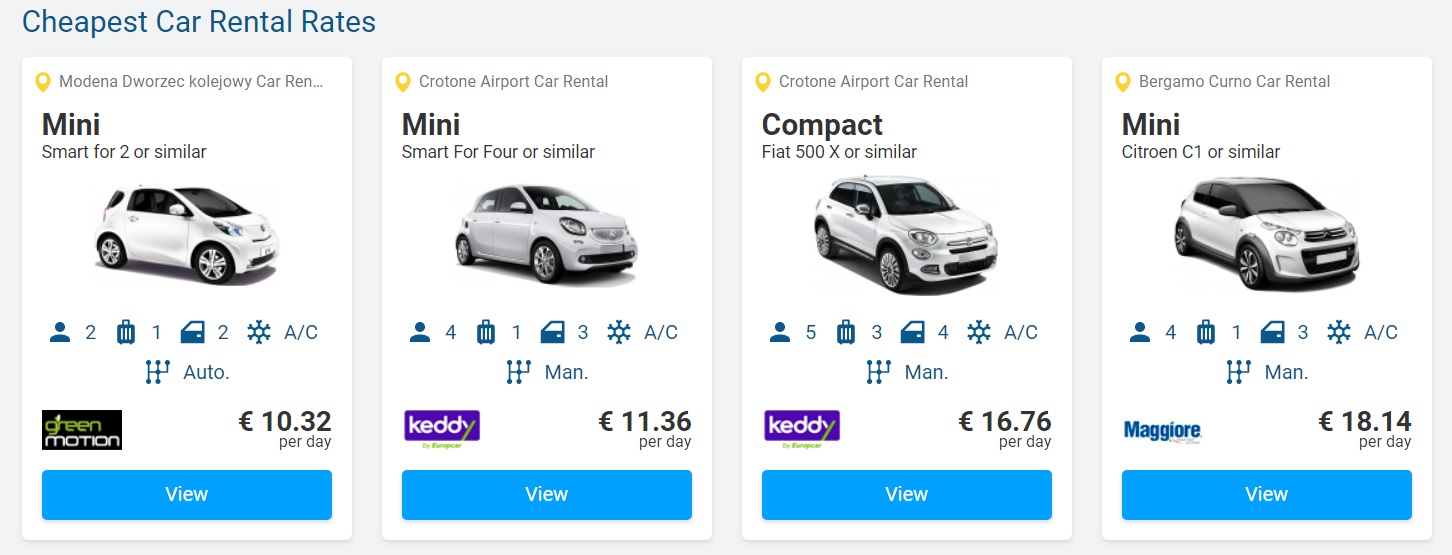
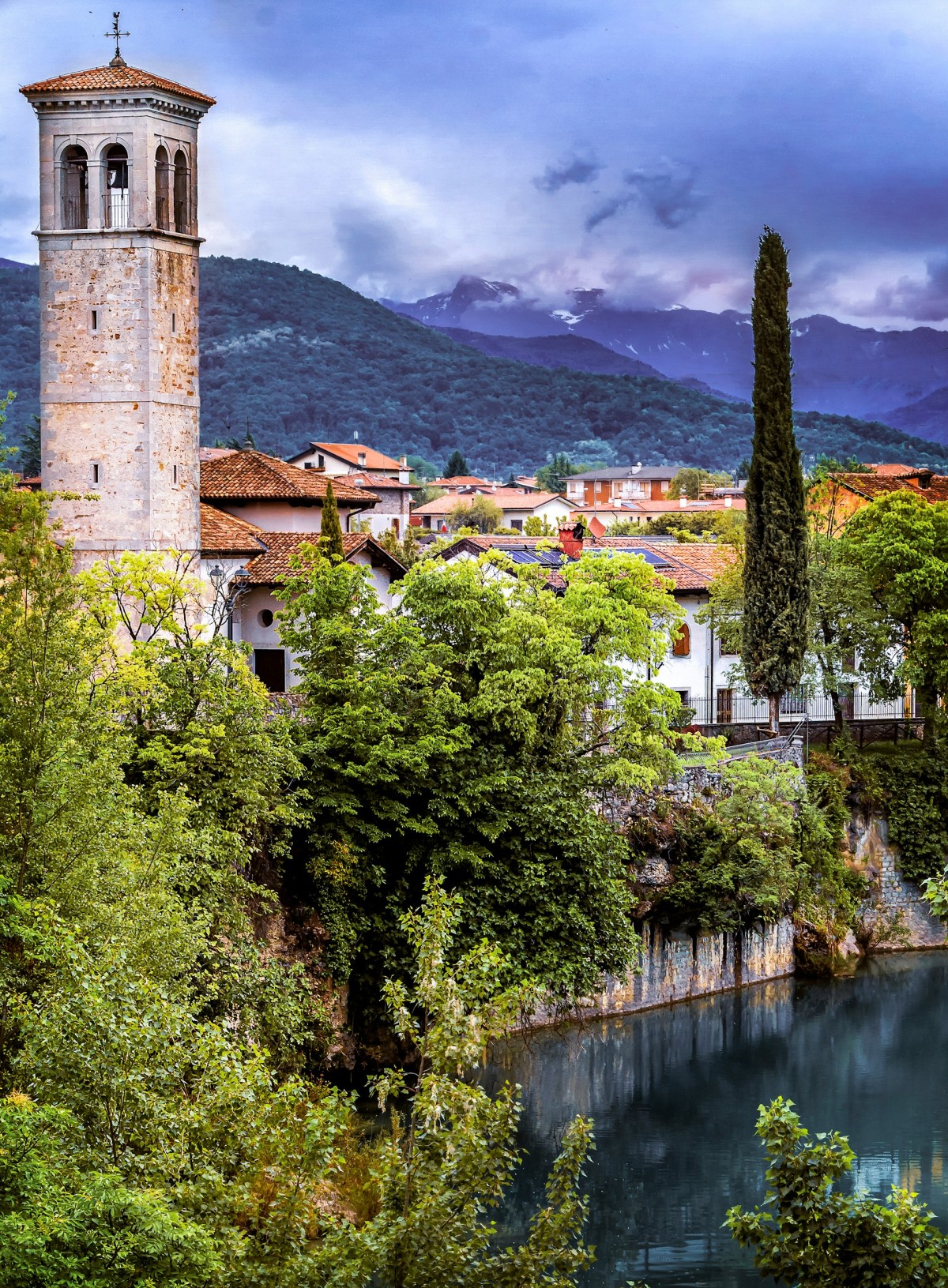






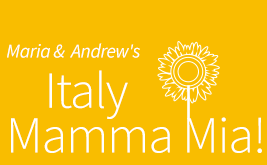
New! Comments
Have your say about what you just read! Leave me a comment in the box below.